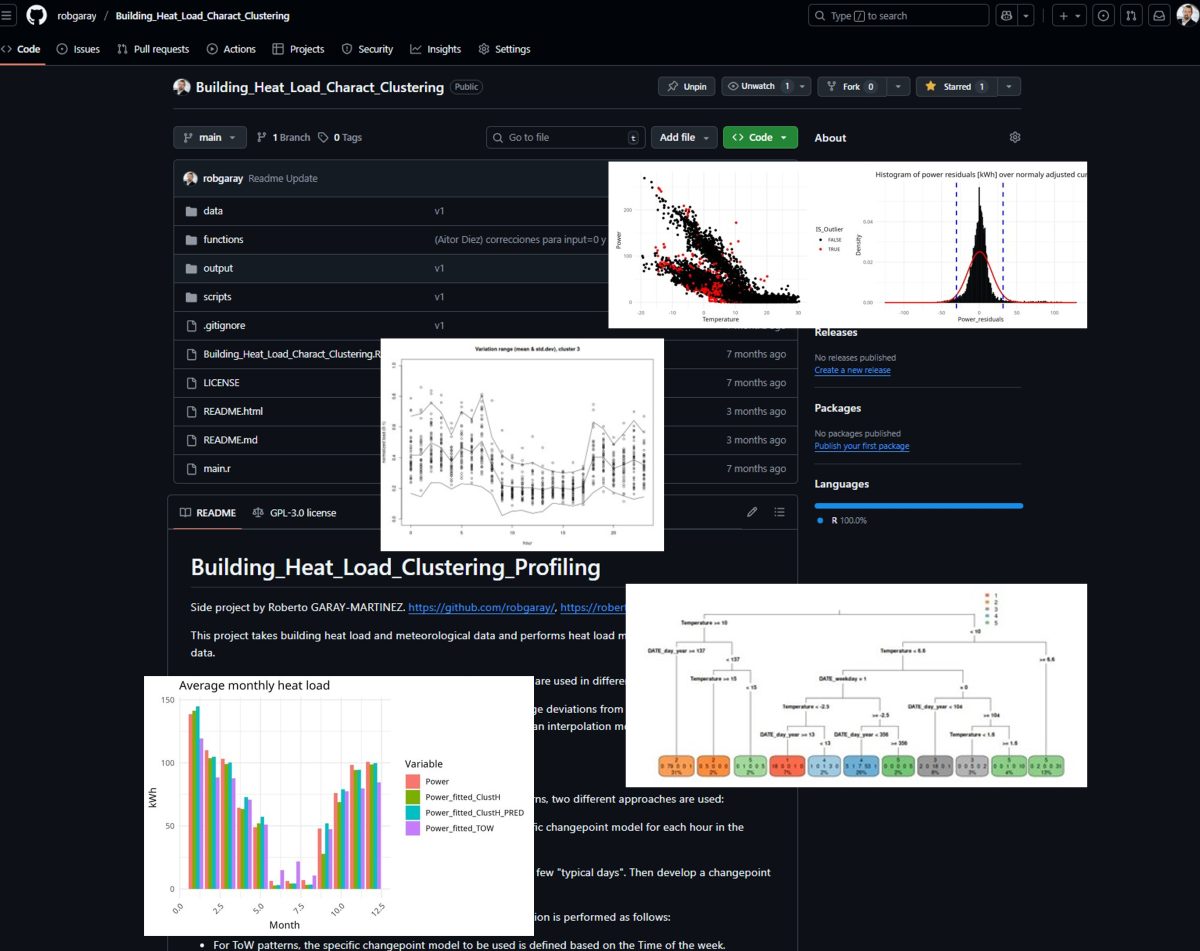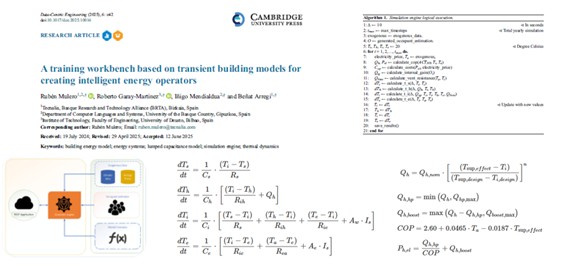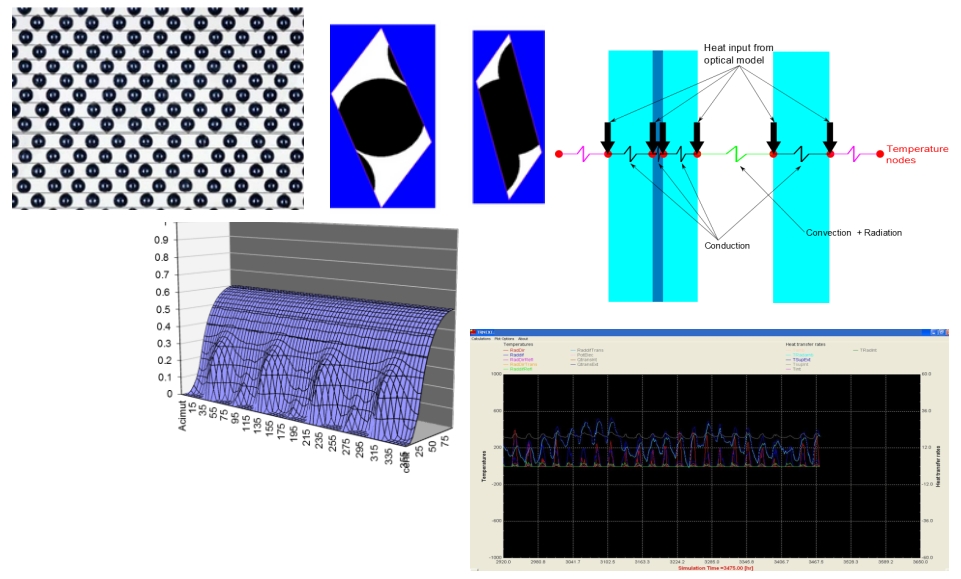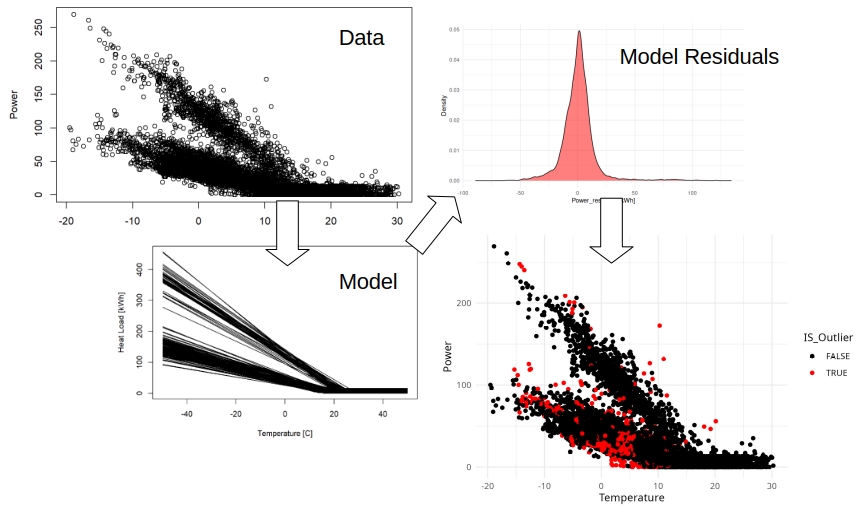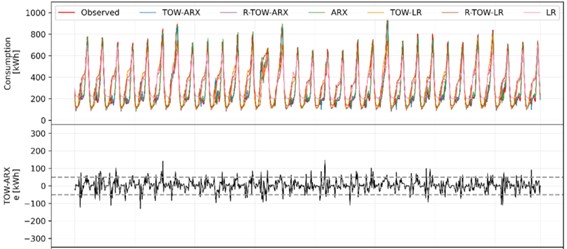I have talked on my collaborations with Mikel Lumbreras in several previous posts. One of our recent activity was on how to use clustering to identify day types (“How will my building behave tomorrow?...”), which is extended into a full scientific paper at Journal of Building Engineering.
There, we focused on understanding and predictin…
Un simulador para jugar con controladores
Conocí a Rubén Mulero cuando comenzó a trabajar en Tecnalia justo antes del COVID. Rubén, que tiene formación en ingeniería informática, tenía interés en investigar en aplicaciones de Inteligencia Artificial para sistemas de control de energía en edificios, con lo que la colaboración con él surgió de forma natural.
Él necesitaba u…
Smart buildings, Comfort, Indoor Air Quality, Load Flexibility… Is it all possible?
A few weeks ago, I was honored with the possibility to deliver a keynote lecture at Splitech. This was my second time attending this great conference, organized by Sandro, Petar and Ana. And they facilitated an empty slot for me to talk.
What is the right topic to talk about in front of an experienced audience on Energy and IT topics? I propose…
Not all Heat Loads are equal. Separating Hot Water from Space Heating
As we use energy for many things, heat load data is typically provided in aggregated figures. Typically, the only separation is based on the energy carrier. As there are specific utilities providing each carrier, there are independent data streams for each energy carrier.
But still all heat loads are aggregated within the same load data. Normal…
Putting Silicon in Glass. How to model BIPV systems
As electricity demand rises and PV prices drop, finding new places to install solar panels is becoming a challenge. Meanwhile, modern buildings are using more glass, which means higher cooling demands—and more electricity use. So, why not merge the two? Integrating PV into glazing seems like a smart solution, but it’s not as simple as it sound…
Physics-informed outlier detection?
When dealing with data, we need to know if this data is reliable to build models, or not. This is a tricky issue, as data is typically gathered automatically with very little supervision. Data quality needs to be defined a posteriori, with little-to-no registers on system anomalies. So, how can we actually do this?
Some typical solution for thi…
Introducing Inertia into Energy Signature models
I´m passionate about simple models. When I explain heat load analysis, I just tell people: We use energy when it’s too cold or too hot outside. And simple heating-degree-based models (PRISM) or changepoint models are my preferred tools to showcase this.
But we all know that temperature is not the only factor influencing energy loads. Loads a…
El abuelo de los climatizadores de coche
Cuando creías que estaba todo inventado,...es que estaba todo inventado (salvo quizá lo del robot que coge un cohete al vuelo).
Entre el cambio climático y el aumento de la población, cada vez empleamos más aire acondicionado. Y el aire acondicionado consume mucha electricidad. Algún día esta electricidad vendrá del sol y el viento, per…
¿Explicabilidad o significancia física?
Quien haya leído mi blog (sois pocos, pero muy apreciados), sabe que le dedico una buena parte de mi tiempo a desarrollar modelos en el ámbito de la energía. Y cualquiera que sepa de modelos (o que simplemente viva en sociedad) habrá oído hablar de la Inteligencia Artificial.
Creo en que la ubicuidad de algoritmos de diversa índole puede …
Correcting solar radiation in building energy models
Building Energy Models (BEM) are a set of formulae that allow to model the energy performance of buildings. When developing BEMs through complex software such as EnergyPlus, there are hundreds/thousands of formulae inside the BEM. Each of these making a small contribution to model the overall physics of the system. When we develop Reduced Order Mo…
